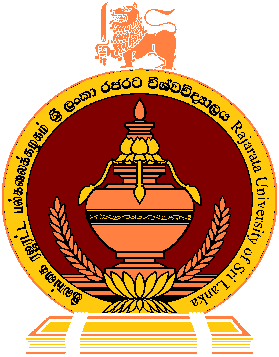The Department of Anatomy was officially founded in September 2006 and is one of the major departments of the faculty playing a pivotal role in preparing students for higher medical education. Since its early start with 165 students, the department has expanded to a nationally competitive and widely respected, and recognized institution. Presently, the department handles more than 420 students per annum. The basic objectives are the acquisition of comprehensive knowledge in anatomy and skills that would be reflected eventually in the clinical domain. Teaching anatomy has also been modified during the past few decades. There has been more concentration on encouraging students’ independent learning and on the introduction of a more applied aspect to the basic anatomical facts.
The Department of Anatomy features,
Dissection laboratories
Dissection of the human body is a significant means to learn the subject of Anatomy and the department provides dissection facilities to students under the supervision of demonstrators. There are two well-equipped gross anatomy dissection laboratories with an infrastructure which can accommodate 180 students at a time.
Histology laboratory
The laboratory is equipped with 70 modern binocular microscopes with slide preparation facilities that help students understand the microscopic structure of human organs and the organization of tissues. A separate microscope is provided to each student for their practical assignments. The department has a vast range of histology slides including high-tech slides from the laboratory of North Carolina. (approx. 1500 slides)
Cadaver preservation laboratory
The cadaver preservation laboratory is one of the featuring sections in the department as it has stateof-the-art cadaver coolers and preservation tanks.
Osteology museum
The museum of osteology houses a large number of human bones and skeletal models to facilitate the process of students’ learning.
Radiology museum
A range of X-Rays, CT, and MRI films with visual aids are provided in the museum to illustrate the radiological anatomy of the human body.
Gross anatomy museum
The dissected human body parts, models of the human body, and developmental details of prenatal life are exhibited. Students find these museum specimens helpful in consolidating what they learned in the dissection hall. The museum is not open to the public and the use of cameras or other image recording devices are strictly prohibited. These rules exist to provide a healthy learning environment and to show respect for the diseased.


